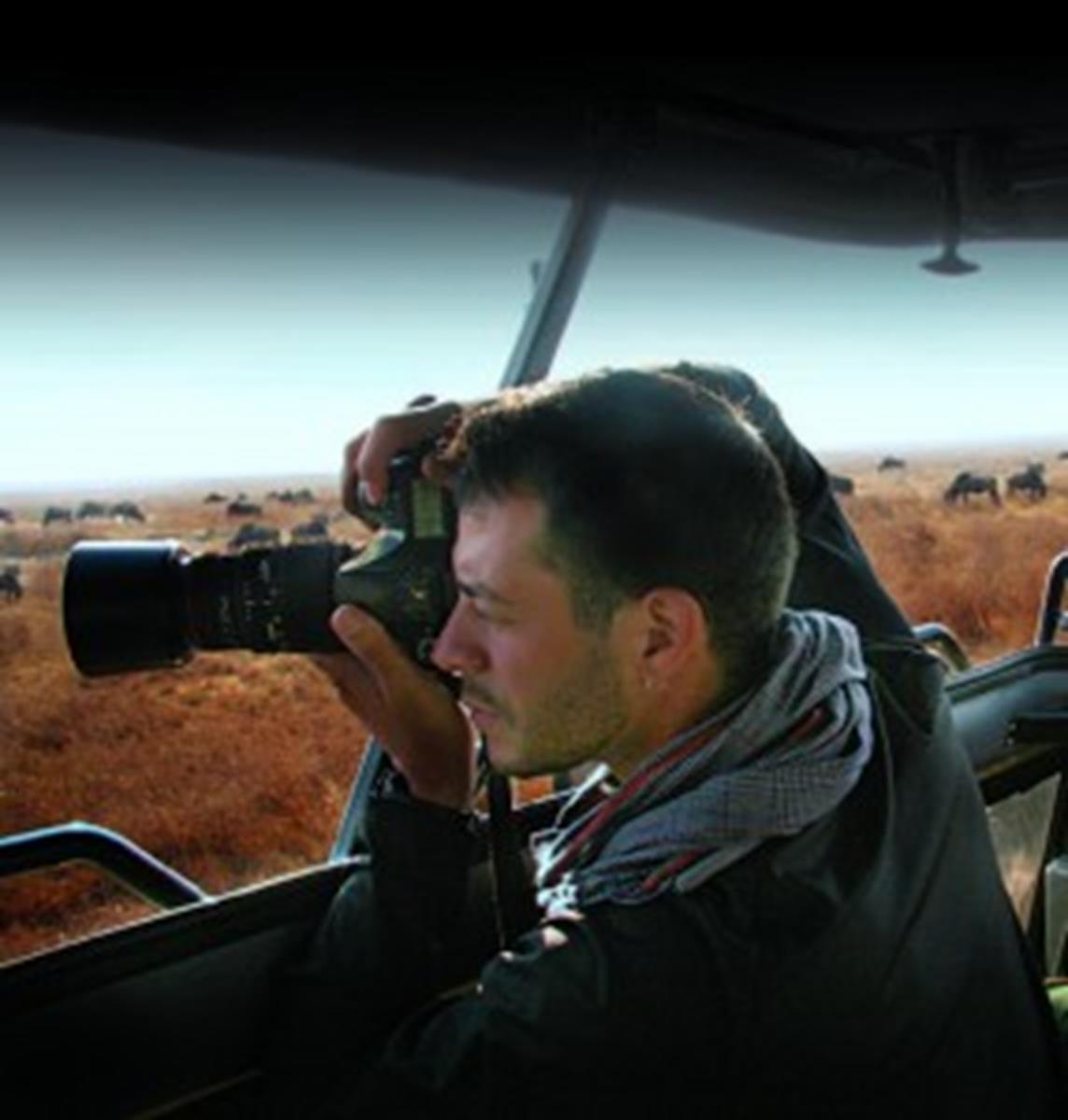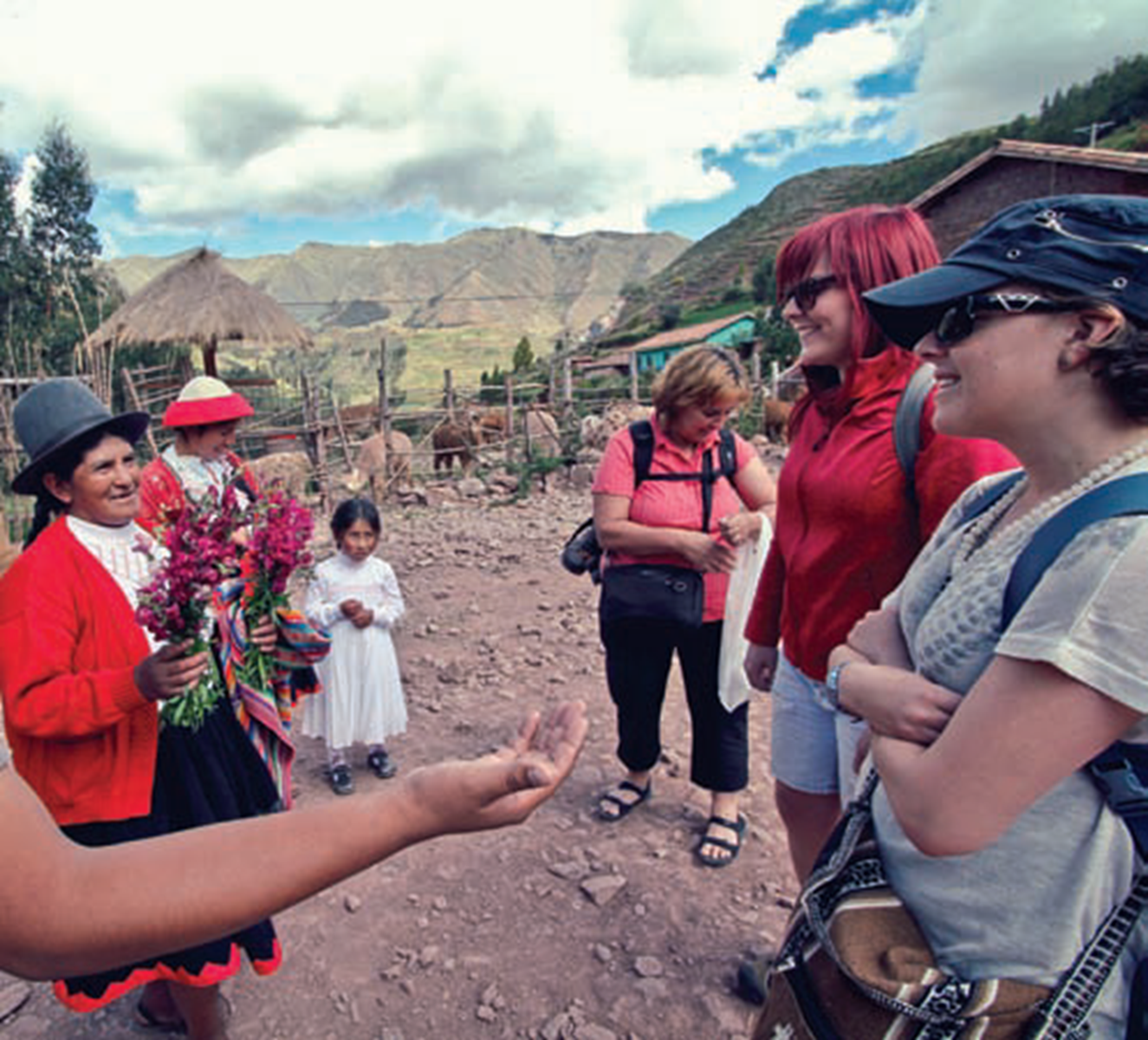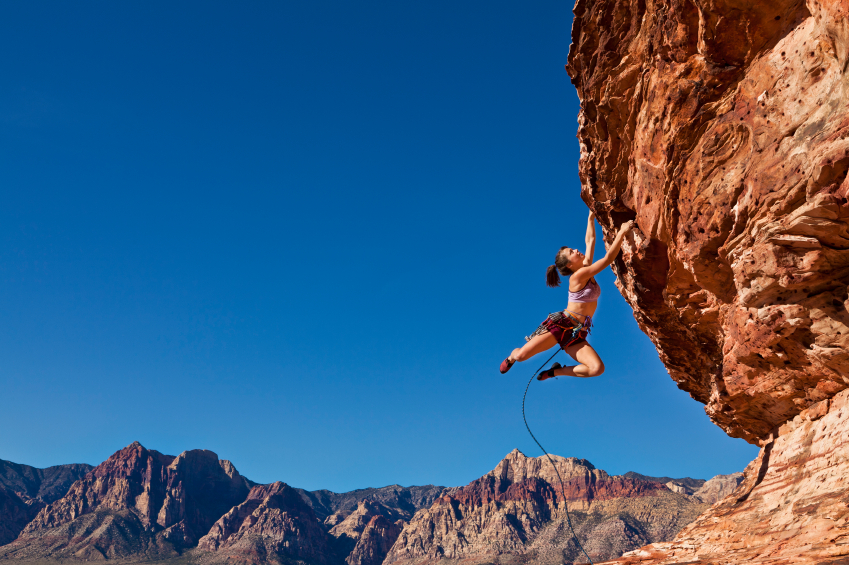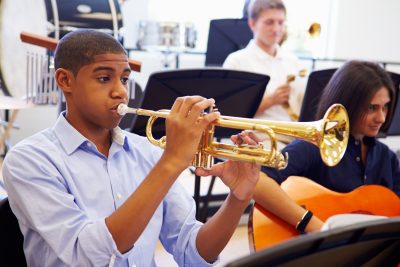To someone else, it means active exploration, cultural immersion, embracing the unexpected, escaping the well-trodden path and creating true, lifelong connections with people and places. Adventure travel is not synonymous with physical activity; it can simply be about doing things that stretch your limits and perhaps your comfort zone.
Student group travel planners must consider all of these definitions when choosing not only a company to work with but also a destination to visit. Here are some factors to keep in mind in planning your next group travel adventure:
Connect with Your Suppliers
 Do some research on companies that offer adventure trips for groups and be prepared to answer questions about your groups’ members. Questions like what is the average age of your group members, is there one predominant gender, how active do they want to be, does the group have a specific affinity like biking, photography or culinary interests. Do they want to take it easy at the beach or work up a sweat cycling through the mountains? Adventure travel companies are staffed by individuals who have experienced the trips they are selling; they should be able to offer suggestions on destinations that would appeal to your group. Steer clear of travel companies that are overly eager to sign you up. It is important that you feel comfortable with your choice.
Do some research on companies that offer adventure trips for groups and be prepared to answer questions about your groups’ members. Questions like what is the average age of your group members, is there one predominant gender, how active do they want to be, does the group have a specific affinity like biking, photography or culinary interests. Do they want to take it easy at the beach or work up a sweat cycling through the mountains? Adventure travel companies are staffed by individuals who have experienced the trips they are selling; they should be able to offer suggestions on destinations that would appeal to your group. Steer clear of travel companies that are overly eager to sign you up. It is important that you feel comfortable with your choice.
Style to Profile
Some destinations naturally lend themselves better to active exploration while others are geared towards travelers eager to meet the people and experience the cultural attractions of an area. Determining who your group members are and what they’re interested in doing is vital to matching them with the proper trip style. Working with a tour operator that offers a variety of trip styles gives student group travel planners the best chance of finding a trip that appeals to a wide range of members. Whether your group is composed of active thrill-seekers or curious learners, having the choice of trip styles helps narrow the choices. In addition, working with companies that can provide various service levels, from camping to comfort, allow you to budget the trip cost, and physical demand ratings, from easy to challenging, can help further define your trip choice. For example, G Adventures, a small-group adventure travel pioneer, rates its trips by style in eight categories, from active to G-Plus comfort.
Be Flexible

Before hiking the Inca Trail, students visit villagers in Peru’s Sacred Valley.
Even though your group may have common specific interests such as archaeology, wildlife or cycling, everyone wants something different out of their vacation. One cookie-cutter experience is not going to make the grade. While some companies stifle their travelers’ innate curiosity by keeping them inside the tourist bubble − “Go here, eat here, look at this” − others offer freedom and independence. Ask if the trip will include the must-see highlights but also include free time for your students to explore on their own. That will help ensure that individual interests and needs are accommodated.
Size Matters
Some companies restrict private departures to 20 passengers or more, but look for those that will arrange a trip for a group as small as eight but can accommodate more. Not only will the small size make it easier for you to fill a departure with your private group, the experience overall will feel more intimate. Also, a small group allows the adventure travel company to design group-specific inclusions that groups with larger numbers can’t manage. G Adventures’ “Deluxe Galapagos” itinerary, for example, is capped at 16 passengers aboard the company’s own luxury catamaran, which has just seven cabins and one suite. The smaller size of the vessel allows for access to less-visited bays and sites in the archipelago. Your group gets to fully immerse itself in the surroundings without feeling like part of a herd.
In the end, adventure travel is about learning, sharing and exploring. By dispelling some of the myths surrounding what adventure travel is, groups are increasingly embracing the idea of a small group travel experience, a life-changing adventure that they won’t soon forget.
Bio
Melissa McKee is the marketing and public relations specialist for Toronto-based small group adventure travel pioneer, G Adventures. Their trips embrace authentic accommodation, exotic cuisine and local transport to put travelers on a first-name basis with the planet’s people, cultures, landscapes and wildlife. Based in the company’s U.S. office, Melissa recently made a trek to Machu Picchu in Peru. G Adventures offers a wide selection of small group tours, safaris and expeditions to more than 100 countries on all continents. (gadventures.com)






